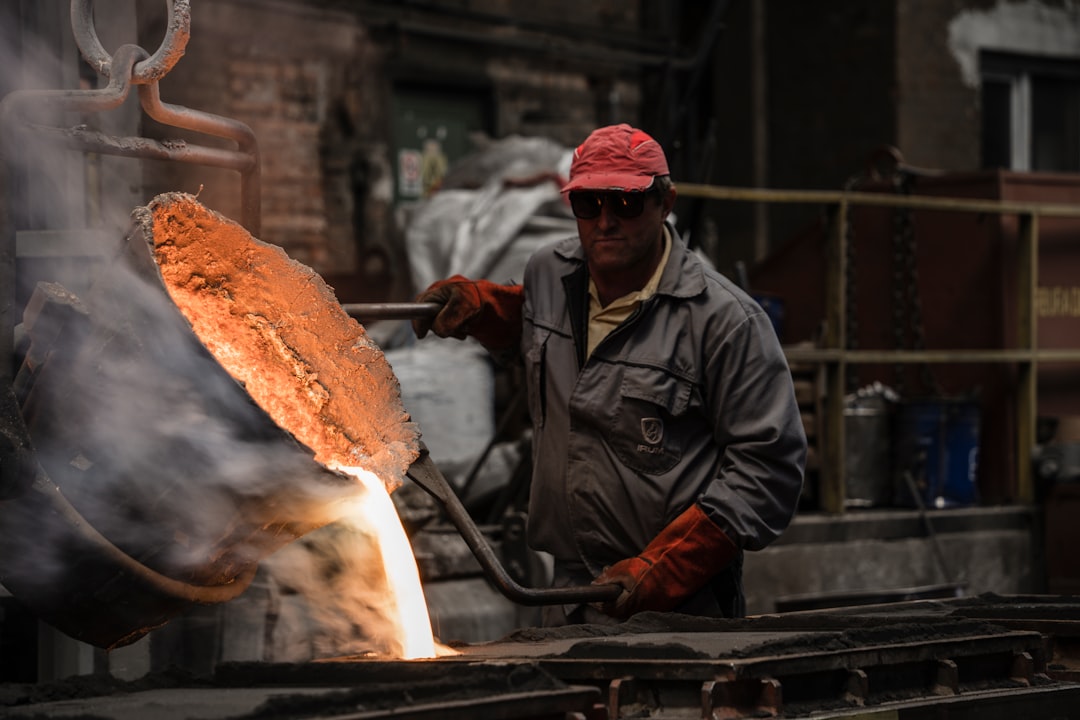body { font-family: sans-serif; line-height: 1.6; }
h1, h2, h3 { color: #333; }
h1 { font-size: 2.5em; }
h2 { font-size: 2em; }
h3 { font-size: 1.5em; }
The steel industry is a cornerstone of modern infrastructure and manufacturing. Ensuring the quality and reliability of steel products is paramount, and this is where ASTM International standards come into play. ASTM (formerly known as the American Society for Testing and Materials) develops and publishes internationally recognized standards for materials, products, systems, and services. Compliance with these standards is crucial for steel producers to guarantee the integrity and performance of their products, meet customer expectations, and maintain a competitive edge. This post delves into the critical aspects of ASTM compliance in steel production.
Understanding ASTM Standards for Steel
ASTM offers a vast array of standards specifically designed for steel, covering various grades, properties, and testing methods. These standards detail the chemical composition, mechanical properties (tensile strength, yield strength, elongation, hardness), and dimensional tolerances of different steel types. For instance, ASTM A36 specifies the requirements for structural steel, while ASTM A572 covers high-strength low-alloy structural steel. These standards aren’t just guidelines; they are precise specifications that manufacturers must adhere to. Understanding the specific ASTM standard relevant to a particular steel grade is the first step towards compliance.
Navigating the extensive library of ASTM standards can be challenging. Steel producers often rely on internal experts and external consultants to ensure they are using the correct and most up-to-date versions of the relevant standards. Regular updates and revisions to these standards necessitate ongoing training and awareness within the organization.
The Crucial Role of Testing and Quality Control
ASTM compliance isn’t just about following specifications on paper; it demands rigorous testing and quality control at every stage of the steel production process. From raw material inspection to finished product verification, comprehensive testing is essential. This includes chemical analysis to verify the composition, mechanical testing to assess strength and ductility, and non-destructive testing (NDT) methods such as ultrasonic testing and magnetic particle inspection to detect internal flaws.
The frequency and types of tests conducted depend on the specific steel grade and the intended application. Maintaining detailed records of all testing procedures and results is crucial for demonstrating compliance and traceability. Any deviations from the specified standards must be thoroughly investigated and documented, with corrective actions implemented to prevent recurrence. A robust quality management system (QMS), often aligned with ISO 9001, forms the backbone of effective quality control in ASTM-compliant steel production.
Certification and Accreditation: Proving ASTM Compliance
To demonstrate their commitment to ASTM compliance and build customer confidence, steel producers often seek third-party certification. Accredited testing laboratories perform independent assessments to verify that the steel production process and the resulting products meet the required standards. These certifications provide independent verification of quality and help establish trust with clients who rely on the integrity of the steel used in their projects.
The accreditation of these testing laboratories is equally critical. Accreditation bodies, such as ANSI (American National Standards Institute), ensure that laboratories follow strict procedures and maintain the highest standards of competence and impartiality. Choosing a certified laboratory is essential for ensuring the validity and reliability of the test results used to demonstrate ASTM compliance.
Consequences of Non-Compliance: Risks and Liabilities
Failure to comply with ASTM standards can have significant consequences. Using non-compliant steel can lead to structural failures, product defects, and safety hazards. The financial implications can be substantial, including product recalls, litigation costs, and reputational damage. In extreme cases, non-compliance can result in regulatory penalties and sanctions.
Furthermore, the lack of ASTM compliance can jeopardize project timelines and budgets. If a structure or product fails due to substandard steel, the resulting delays and remediation costs can be enormous. Therefore, maintaining strict adherence to ASTM standards is not merely a matter of good practice; it’s a critical aspect of risk management and business sustainability.
Staying Ahead: Continuous Improvement and Evolving Standards
The steel industry is constantly evolving, with new technologies and materials being developed. ASTM standards are regularly updated to reflect these advancements. Steel producers must stay informed about these changes and adapt their processes and testing procedures accordingly. Continuous improvement is essential to maintain ASTM compliance and remain competitive in the market.
This involves not only staying updated on new standards but also actively participating in the development of these standards through involvement in ASTM committees. This allows steel producers to contribute their expertise and ensure that the standards reflect the realities of the industry. Investing in training and development for employees is also crucial to maintain the necessary expertise and ensure ongoing compliance.
In conclusion, ASTM compliance is not just a regulatory requirement; it’s a fundamental aspect of producing high-quality, reliable steel. By understanding the standards, implementing rigorous testing and quality control procedures, and seeking appropriate certifications, steel producers can ensure the safety, performance, and longevity of their products, fostering trust with clients and maintaining a strong competitive position in the global market.
SEO Tags: ASTM steel, ASTM compliance, steel standards, steel testing, quality control steel




